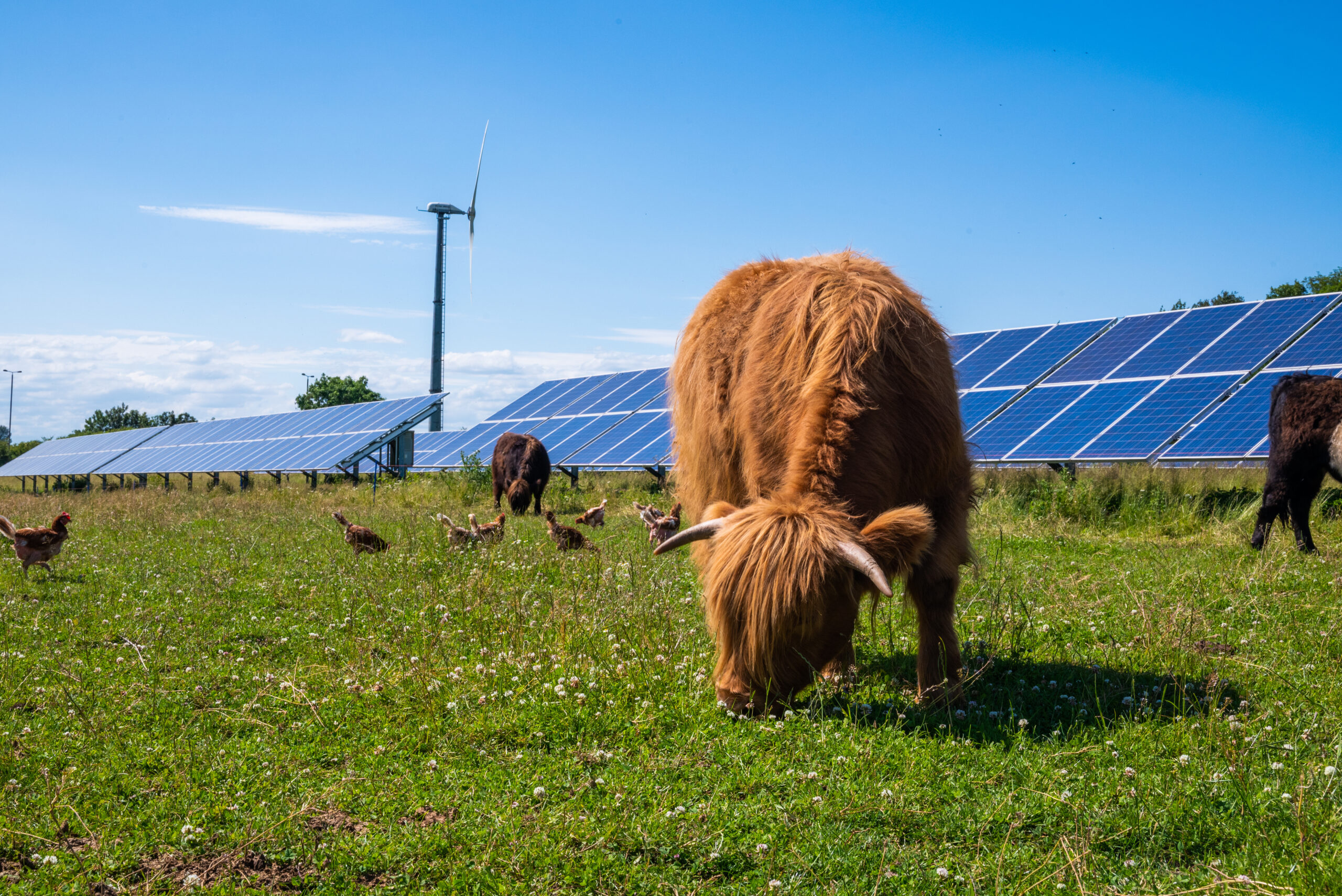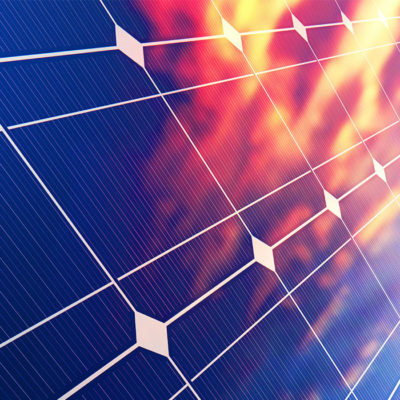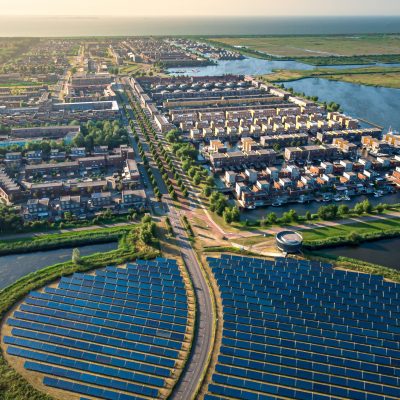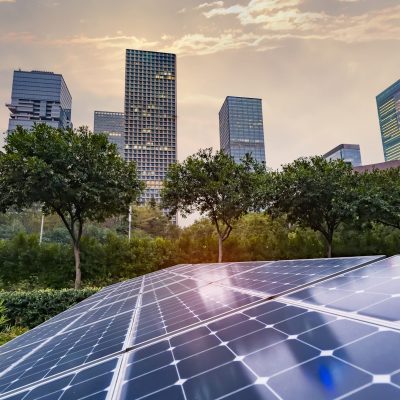
Environmental Impacts of Community Solar Farms
We often hear about the impacts and improvements that solar energy will have on the environment, but we don’t often hear about many of the details. Outside of producing clean, renewable energy, we sometimes overlook the other impacts community solar farms can have on the surrounding environment.
Let’s take a closer look at how community solar farms affect their environment.
Reduced Air Pollution
As community solar farms produce electricity without burning fossil fuels, they do not emit harmful pollutants such as carbon dioxide, sulfur dioxide, nitrogen oxides, or particulate matter. Consequently, they help improve air quality and reduce the risk of respiratory illnesses.
Land Use and Habitat Impact
Solar farms require land for installation, which may involve clearing vegetation in the project area. However, compared to other forms of energy generation, such as coal or natural gas power plants, solar farms generally have a lower impact on land and biodiversity. Proper planning and design can minimize ecological disruption, and some solar farms incorporate measures to support local wildlife and pollinator habitats.
Water Conservation
Community solar farms typically do not consume water for energy production, unlike conventional power plants that rely on large amounts of water for cooling purposes. This water conservation aspect is particularly significant in areas where water scarcity is a concern.
Visual and Aesthetic Considerations
Solar farms consist of arrays of solar panels, which can alter the visual landscape. While some people find them visually appealing and associate them with clean energy, others may consider them intrusive or disruptive to the natural surroundings. Balancing the visual impact with the need for renewable energy is an important consideration during the planning and design phase of solar farm projects.
Noise and Light Pollution
Community solar farms generally produce very little noise, as there are no moving parts in the solar panels themselves. However, there may be some noise associated with auxiliary equipment, such as inverters or transformers. Additionally, solar farms can emit light during nighttime if not properly designed or shielded. Proper design and mitigation strategies can help address potential noise and light pollution concerns.




